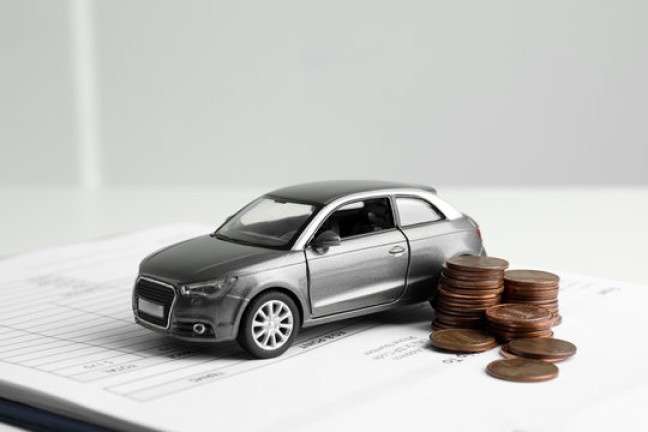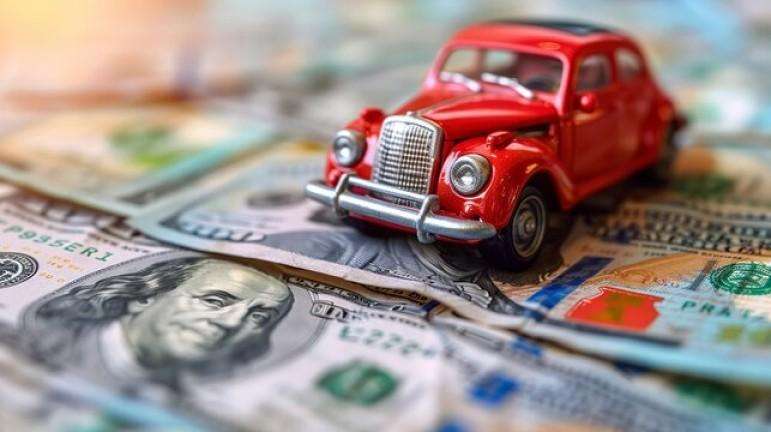When it comes to getting a new car, one of the first decisions I face is whether to finance or lease it. Both options come with their own set of advantages and challenges. Understanding the key differences, and how they fit my needs, can help me make a well-informed decision. In this article, I’ll break down the pros and cons of financing and leasing, using real-life examples and calculations to guide my thought process. Whether I’m planning to keep my car long-term, need lower monthly payments, or simply want the flexibility to change vehicles every few years, I’ll explore every aspect that might affect my decision.
Table of Contents
Understanding Financing and Leasing
First, let’s define what it means to finance or lease a car. Financing is when I take out a loan to purchase the car and pay it off over time. At the end of the loan term, I own the car outright. On the other hand, leasing is essentially renting the car for a set period, usually 2 to 3 years. At the end of the lease term, I have the option to buy the car for its residual value, or simply walk away and lease a new vehicle.
Key Differences Between Financing and Leasing
To better understand these options, I’ve created a table comparing the main features of financing and leasing:
| Feature | Financing | Leasing |
|---|---|---|
| Ownership | I own the car once the loan is paid off. | I don’t own the car; I return it at the end of the lease. |
| Monthly Payments | Payments are typically higher due to the full purchase price. | Payments are usually lower because I’m only paying for the car’s depreciation. |
| Mileage Limits | No restrictions on how many miles I can drive. | There are usually mileage limits (e.g., 12,000 to 15,000 miles per year). |
| Customization | I can modify the car as I wish. | I can’t modify the car, as it’s still the leasing company’s property. |
| End of Term Options | I own the car, and can keep it, sell it, or trade it in. | I can buy the car for its residual value, return it, or lease a new one. |
| Upfront Costs | I may need to make a down payment. | There may be a down payment, acquisition fee, and security deposit. |
Financing a Car: The Pros and Cons
When I finance a car, I’m committing to owning the vehicle once the loan term ends. This comes with several benefits and a few drawbacks.
The Pros of Financing
- Full Ownership: One of the biggest advantages of financing is that I own the car once the loan is paid off. After years of making payments, I can keep the car as long as I want, and it’s mine to sell or trade at any time.
- No Mileage Restrictions: I don’t need to worry about exceeding a mileage limit. This is particularly important if I plan on using the car extensively for long commutes or road trips.
- Freedom to Modify: Since I own the car, I’m free to customize it with aftermarket parts, paint, or other upgrades without worrying about violating any lease terms.
The Cons of Financing
- Higher Monthly Payments: Financing typically results in higher monthly payments because I’m paying off the entire cost of the vehicle, plus interest. This can make it harder to afford a higher-end car or fit the car into my budget.
- Depreciation: Cars lose value quickly. As soon as I drive off the lot, my car’s value starts to drop. If I decide to sell it after a few years, I might not get back as much as I paid for it.
- Long-Term Commitment: Financing means committing to the car for several years. If my circumstances change, such as a new job or a growing family, I may find that the car no longer fits my needs.
Leasing a Car: The Pros and Cons
Leasing offers an alternative to financing, and it can be an attractive option depending on my needs.
The Pros of Leasing
- Lower Monthly Payments: One of the key benefits of leasing is that I pay lower monthly payments because I’m only paying for the depreciation of the car during the lease term, not the full purchase price.
- Always Drive Newer Models: Leasing allows me to drive a new car every few years without worrying about the hassle of selling or trading in an older vehicle. If I enjoy driving the latest models with all the newest features, leasing may be ideal.
- Lower Repair Costs: Since leases are typically 2-3 years long, they often fall within the car’s warranty period, which means I don’t have to worry as much about expensive repairs.
The Cons of Leasing
- No Ownership: The biggest downside of leasing is that I don’t own the car. At the end of the lease, I have nothing to show for the money I spent, unless I choose to buy the car.
- Mileage Limits: Leases usually come with mileage limits, and exceeding them can lead to expensive penalties. If I tend to drive a lot, this could be a significant disadvantage.
- Customization Restrictions: Since the car isn’t mine, I can’t modify it. This can be frustrating if I want to add personal touches or upgrades.
When Financing Makes More Sense
There are several situations where financing might be the better choice for me. If I plan to keep the car for a long time, financing makes the most sense because I’ll eventually own the car and can drive it as long as I want. If I have a stable income and can afford the higher monthly payments, this could also be a good option. Additionally, if I don’t want to worry about mileage limits or restrictions on customization, financing gives me the freedom to do what I want with the car.
When Leasing Makes More Sense
Leasing may be the right option if I like the idea of driving a new car every few years without the hassle of selling or trading in a vehicle. If I don’t drive too much, leasing can be a more affordable option because of the lower monthly payments and fewer long-term commitments. For someone who likes having the latest model and doesn’t want to worry about depreciation or long-term maintenance, leasing could be the ideal solution.
Financing vs. Leasing: A Side-by-Side Example
Let’s take a look at a specific example to illustrate the differences between financing and leasing. Suppose I’m looking at a car that costs $30,000.
Financing Scenario
Let’s assume I make a 20% down payment ($6,000) and take out a loan for the remaining $24,000 with a 5-year loan term at a 4% annual interest rate.
Using an online car loan calculator, I find that my monthly payments would be approximately $442. Over 60 months (5 years), I would end up paying around $26,520 in interest and principal. After 5 years, I own the car outright.
Leasing Scenario
Now, let’s look at the leasing option. If I lease the same $30,000 car with a 3-year lease term, I might have to pay a down payment of $3,000, along with a monthly payment of around $350 (depending on the residual value and interest rate). After the lease term ends, I have the option to buy the car for its residual value, which is typically around 50% of the original value. If I choose not to buy the car, I return it and have the option to lease a new one.
Here’s how the numbers break down:
| Item | Financing | Leasing |
|---|---|---|
| Down Payment | $6,000 | $3,000 |
| Monthly Payment | $442/month for 60 months | $350/month for 36 months |
| Total Paid | $26,520 over 5 years | $12,600 over 3 years |
| Residual Value | N/A | $15,000 (if I decide to buy) |
As you can see, while the monthly payments are lower in the leasing scenario, I don’t own the car at the end of the lease unless I choose to buy it. In the financing scenario, while the payments are higher, I eventually own the car.
Conclusion: Which Option Is Right for Me?
Ultimately, the decision between financing and leasing comes down to my preferences and financial situation. If I want to own my car and drive it for many years without worrying about mileage limits or other restrictions, financing is likely the better option. On the other hand, if I prefer lower monthly payments, the ability to drive a new car every few years, and I don’t mind returning the car at the end of the term, leasing might be the more suitable choice.
Before making a decision, I’ll also need to consider factors like how much I drive, how long I want to keep the car, and my overall budget. Both financing and leasing have their benefits, so it’s up to me to weigh those against my needs and preferences to determine which option will work best for my lifestyle.





